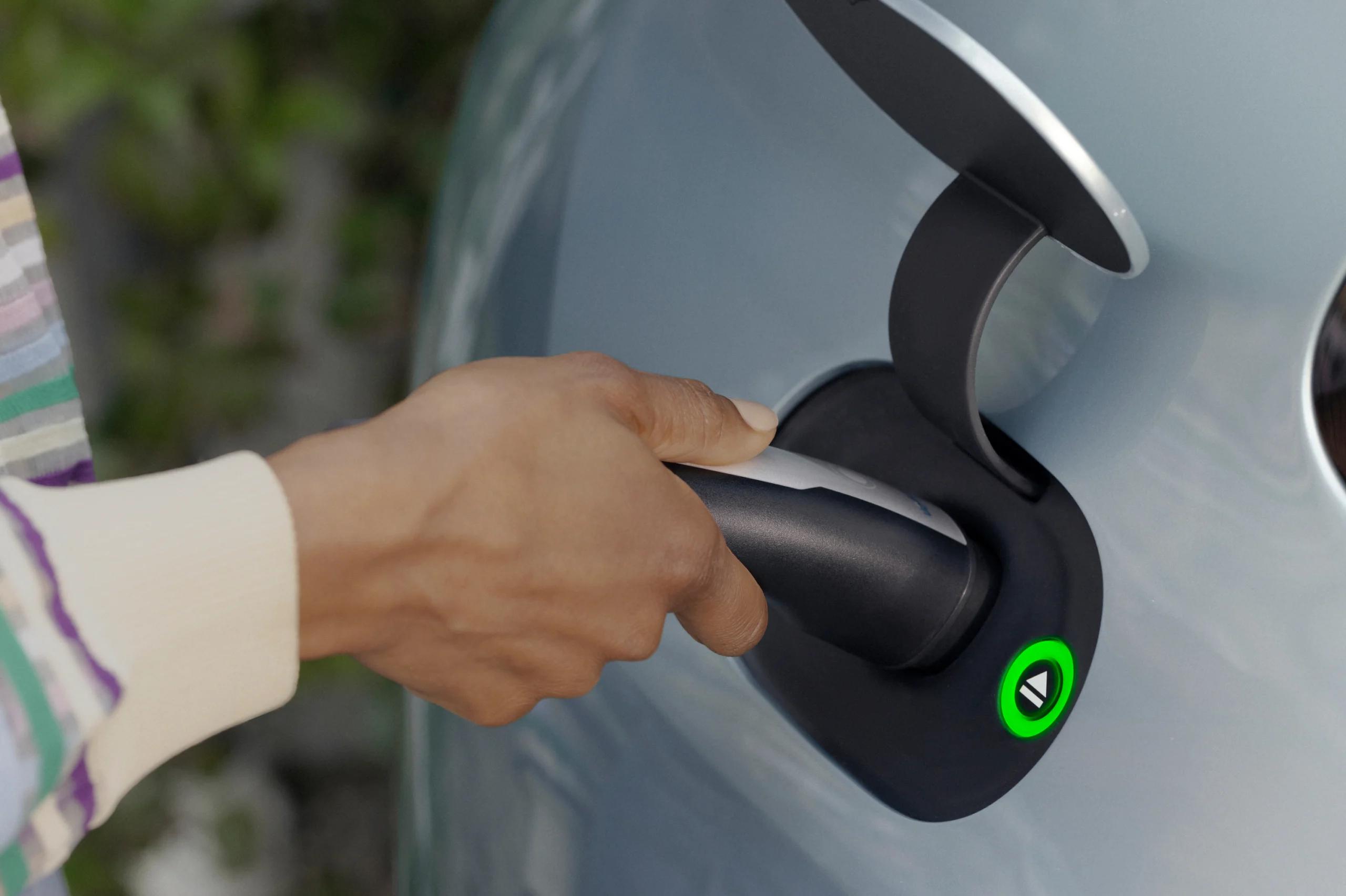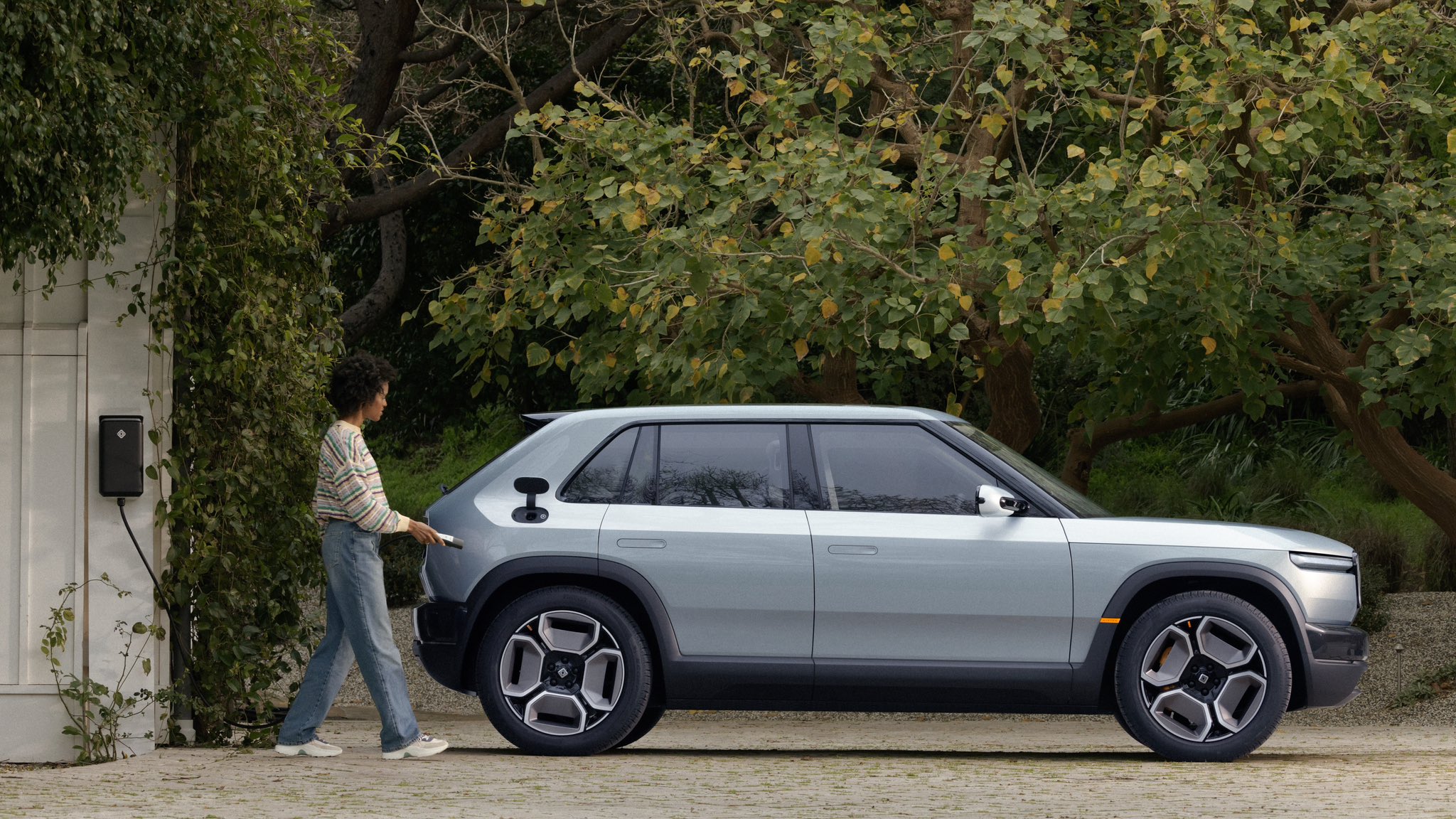Under the NACS agreement, automakers committed to incorporating the NACS port into their vehicles by 2025. Rivian led the charge, showcasing NACS-enabled EVs – the R2, R3, and R3X crossovers. However, their inclusion of the NACS port doesn’t necessarily align with Tesla’s recommendations.
Tesla’s decision to open Supercharger stations to non-Tesla EVs sparked debates on etiquette and charge port placement. Initially triggered by slower-charging EVs like the Chevy Bolt, discussions escalated to include port locations.
While Tesla EVs feature rear charge ports, most non-Tesla EVs position theirs in the front. This divergence poses challenges at Supercharger stations, designed with Tesla EVs in mind. Consequently, parking proximity becomes an issue, hindering adjacent spots.

With Tesla’s NACS adoption and Ford’s Supercharger access, concerns amplified. Ford F-150 Lightning and Mustang Mach-E owners faced difficulties due to Tesla vehicles occupying charging spots.
Rivian’s introduction of the R2, R3, and R3X with rear right charge ports aggravated matters. This configuration obstructs adjacent spots and necessitates inconvenient maneuvering. Despite potential advantages for curb charging, the decision raised objections.
Scheduled for 2026 deliveries, Rivian’s compact EVs prompt speculation on future charging infrastructure adaptations. Meanwhile, Tesla’s V4 Superchargers and evolving EV etiquette aim to mitigate challenges, fostering harmonious coexistence.

